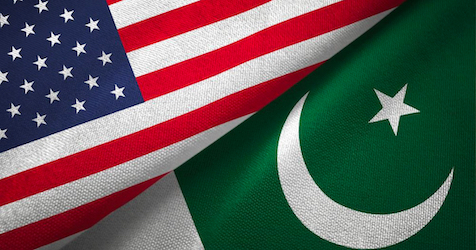
Pakistani Americans. The first wave of immigrants from present-day Pakistan migrated to the United States between 1893 and 1917 and settled in California as contract laborers.
The second wave arrived after the creation of Pakistan in 1947, when the U.S opened up immigration quotas for the new South Asian states formed after the end of the British empire in the region.
Despite movement, the numbers remained low, reinforced by national origin quotas in place since the 1920s which limited migration from non-European countries.
The 1965 U.S. Immigration and Naturalization Act introduced a new immigration scheme based on employment preferences.
As a result, the wave of Pakistani immigrants after 1965 overwhelmingly included physicians, engineers, and other professionals.
Later in the 1980s, more Pakistanis entered the country through family-sponsored preferences.
Over 75% of Pakistani migration to the U.S. since 1965 occurred between 1990 and 2009, facilitated by establishment of the U.S. Diversity Program in 1990.
64% of Pakistani Americans have lived in the United States for over ten years.
In 2017, Pakistan received over $1.3 billion in remittances from the United States.
Pakistani Americans maintain strong connections to Pakistan through charitable giving as well as providing financial support to family still living in Pakistan.
The largest numbers of Pakistani Americans live in New York, Texas, and California.
The community is concentrated in the major population centers of New York City, Washington DC, Houston, Chicago, Dallas-Ft. Worth, Los Angeles, San Francisco, Baltimore, Philadelphia, and Atlanta.
Getting an accurate count of Pakistani Americans remains difficult to assess. Latest Figures from the U.S. census place the community at roughly 550,000, but informal estimates go up to over 1 million.
72% of Pakistani Americans speak English at home.
Many Pakistanis who migrated to the U.S. spoke English before they arrived. Because of the history of British colonialism in South Asia, English is taught in schools in Pakistan and spoken regularly among the formally educated population.
Urdu and English are the official languages of Pakistan, but over 70 languages are spoken in the country.
35% live in multigenerational households.
In the United States, multigenerational households remain a common practice in the community as well as in other Asian diasporas.
The Pakistani diaspora worldwide maintains a strong extended-family tradition, with grandparents often living in the same household as their grandchildren.